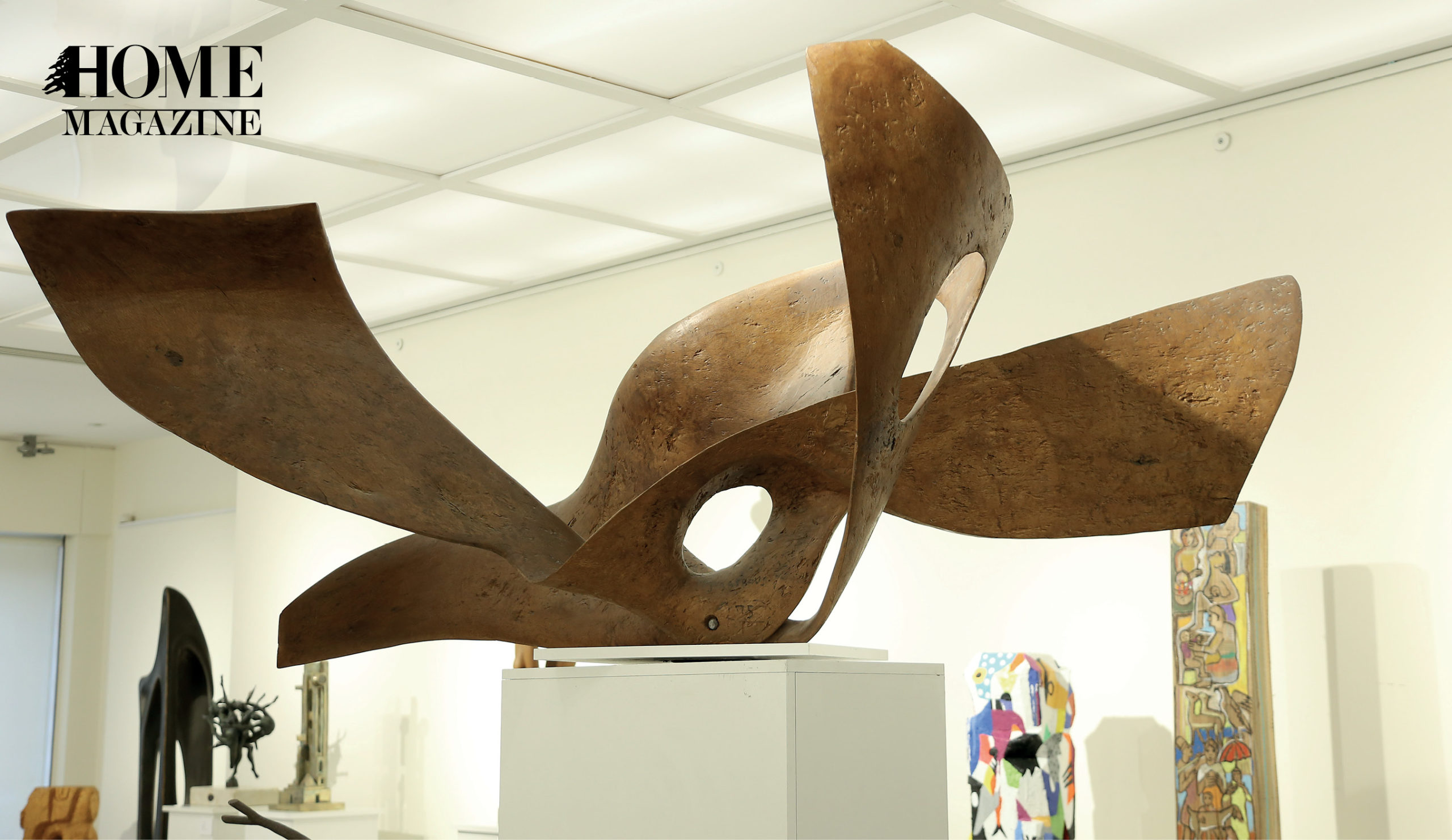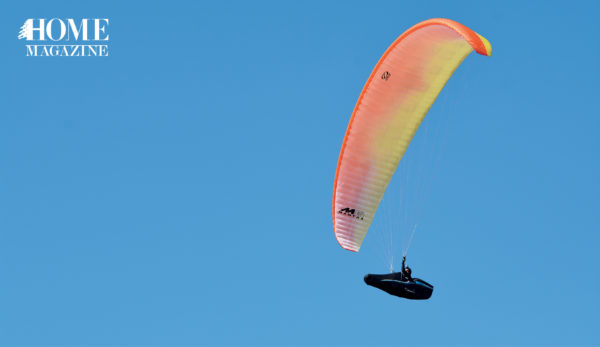Cultural heritage is one of Lebanon’s most abundant resources. The identity of future generations depends on the preservation of a collective past. It was with this noble pursuit in mind that the Lebanese Foundation for the National Library collaborated with SV Gallery, a Beirut-based art gallery to produce a lineup of a series of exhibitions to be unveiled throughout the year.
The Lebanese Foundation for the National Library (LFNL), spearheaded by Randa Daouk, launched a muchneeded initiative at SV Gallery (formerly Pièce Unique) in Saifi Village: the preservation and celebration of Lebanon’s rich literary archive.
Kickstarting the series of exhibitions was “Artbook and Modern Sculpture,” which was curated by Cesar Nammour, founder of the Modern and Contemporary Art Museum.
Thirty sculptures from his museum and private collection were exhibited.
Liane Rabbath’s exhibition, “Paper Dreams,” opened at the beginning of April. In this kaleidoscopic retrospective, the Luxembourgian- Lebanese artist manifests her creative vision using an idiosyncratic material: Waraq al-Sham (natural Arabic tobacco rolling paper). Blue and orange packets conspire to create elaborate collage pieces while wedding gowns produced out of the ever-so-delicate rolling paper fold into hypnotic flowers.

Art and culture aficionados flocked to Ghaleb Hawila’s two-month show that opened on July 2. Through his homage to and inventive spin on the history of calligraphy and print, the artist’s contribution to the project will delight visitors. To collectors’ dismay, none of the exhibited creations will be for sale. Rather than a money-making venture, the foundation’s commitment toward benefiting the cultural sphere maintains its non-profit status.
SV Gallery, showcases these fledgling and established artists to the public in one of Beirut’s high-end art and design districts: The Quartiers des Arts. Situated in Saifi Village, it amasses a gaggle of boutiques, delicatessens, salons, and eateries dispersed throughout a perfectly-manicured neighborhood. Visitors and pedestrians often report feeling as if they were suddenly somewhere far outside of Lebanon while venturing through the area.
Prior to her alliance with this space, Daouk, in collaboration with Galerie Janine Rubeiz, showcased 55 Lebanese artists of all walks of life, including giants like Etel Adnan and Jamil Molaeb, to showcase their creativity at the Lebanese National Library. The book, One Hundred Years of the Press in Lebanon 1858-1958 was unpublishable due to an error made during printing. Spotting an opportunity, Daouk asked the artists to creatively reinterpret this long-forgotten book. The diverse creations resulted in the 2016 group show, Betasarof , which graced the official re-opening of the library.
“The identity of future generations depends on the preservation of a collective past.”
Now that the library has awakened from its extended slumber and reopened its doors to the public once again, questions linger with regards to its past. When and how did the library enter the public sphere? And by whose efforts? In 1919, Lebanese philanthropist Philippe de Tarrazi donated an astounding 200,000 documents for public consumption. This act of generosity was the debut of the public library, initially based within his own household. Once his residence exceeded its holding capacity, the then-called Dar Al Kitab was relocated underneath the Parliament.
For half a century, this robust literary hub enjoyed a position of cultural prominence until the Lebanese Civil War brought the establishment to a screaming halt. During this extended break, the space remained abandoned and in a state of abandon. Meanwhile, the library’s hefty collection — one of the region’s largest — remained hidden away, fated to collecting dust in storage.

The renaissance of Beirut’s only public library has been made possible through a generous donation by Qatar, and the unyielding support of the LFNL since the early 2000s. Since the turn of the millennium, the non-profit has been supporting the rehabilitation of the library.
Since its reopening in November 2018, the relocated spacious venue offers city-dwellers a quiet corner to read, study, or pore through the treasure trove of literature — away from the cacophony of the city. The library shelves a reported 7 million books. Situated in Hamra, the National Library now resides in the former Lebanese University Law School. More specifically, this Ottoman-style establishment flanks the Ministry of Interior and Sanayeh garden. Despite its strategic location, many remain unaware of this haven for bibliophiles, which contains reading rooms, an event venue, and conference halls.

































